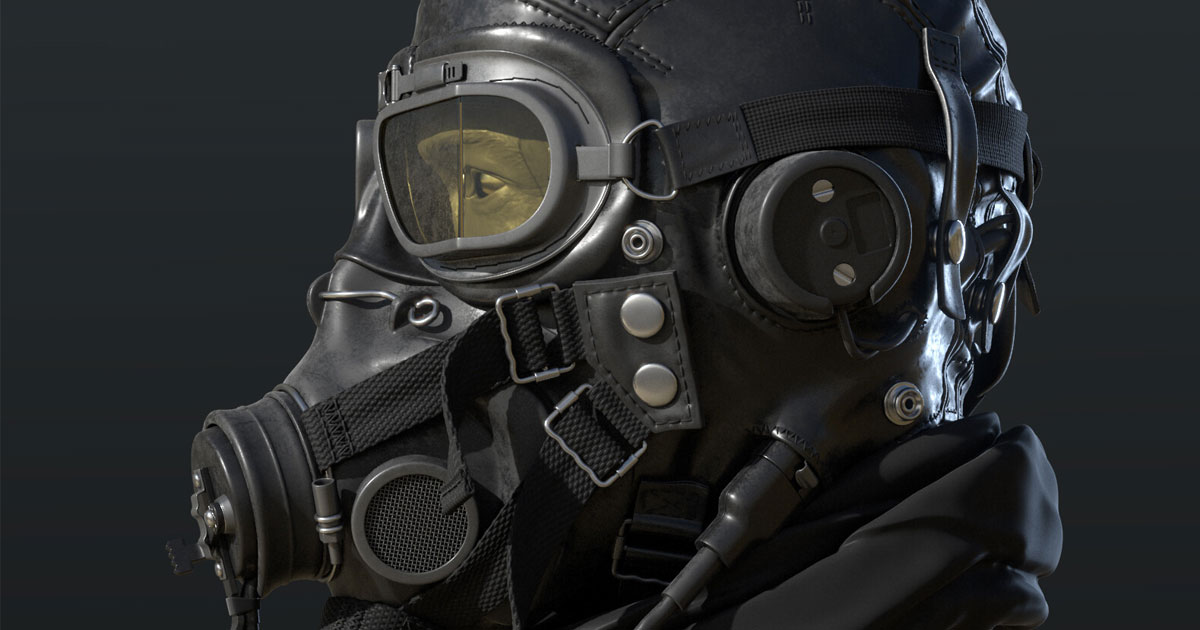Who is a 3D artist — a column by 1C Game Studios
We continue our series of publications in the category where professionals from gaming companies talk about their careers. The new article in the series is about the work of a 3D artist. Alexey Konzelko, the lead 3D artist at 1C Game Studios, shared what his job entails. [done]
Alexey Konzelko

